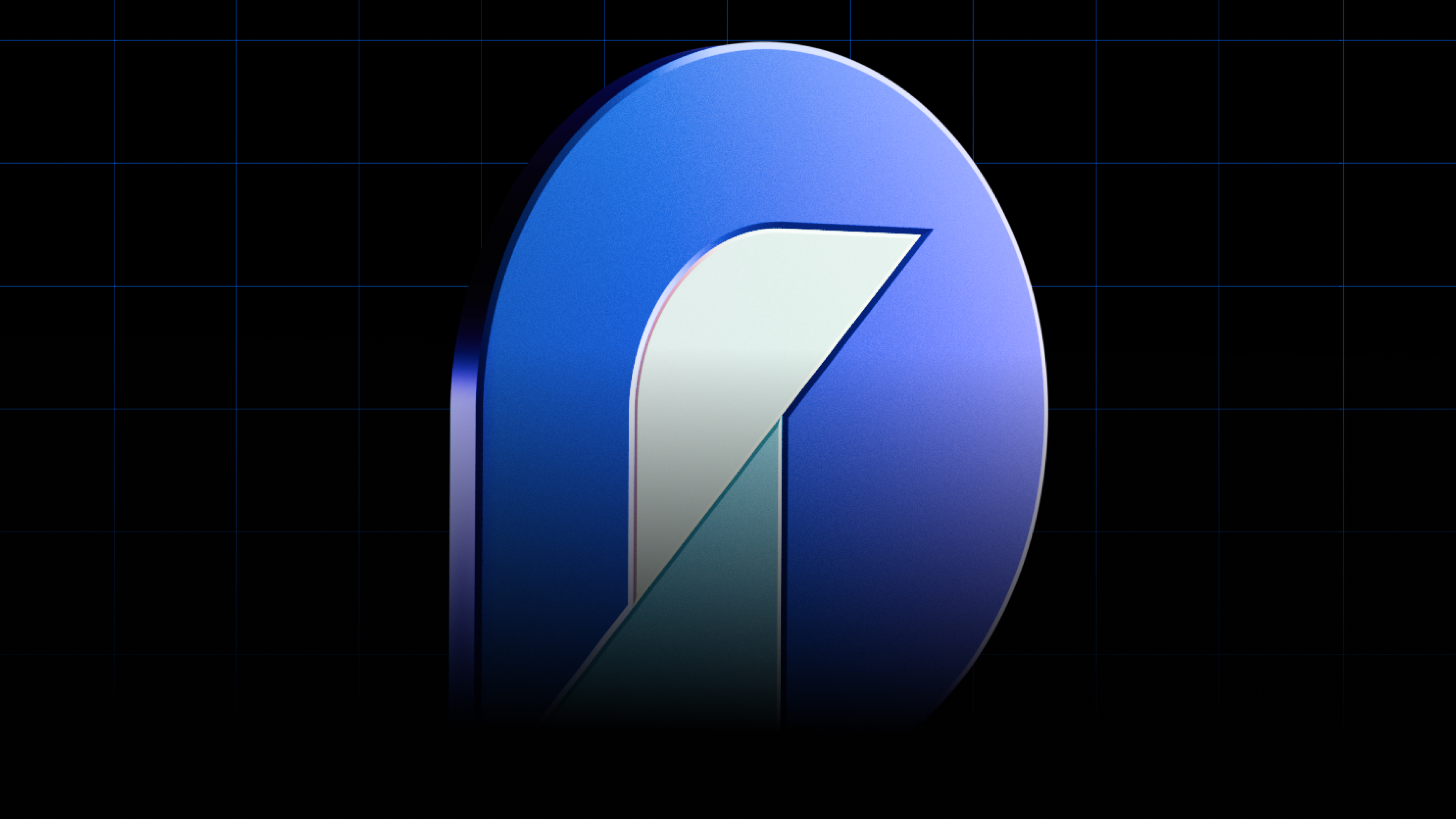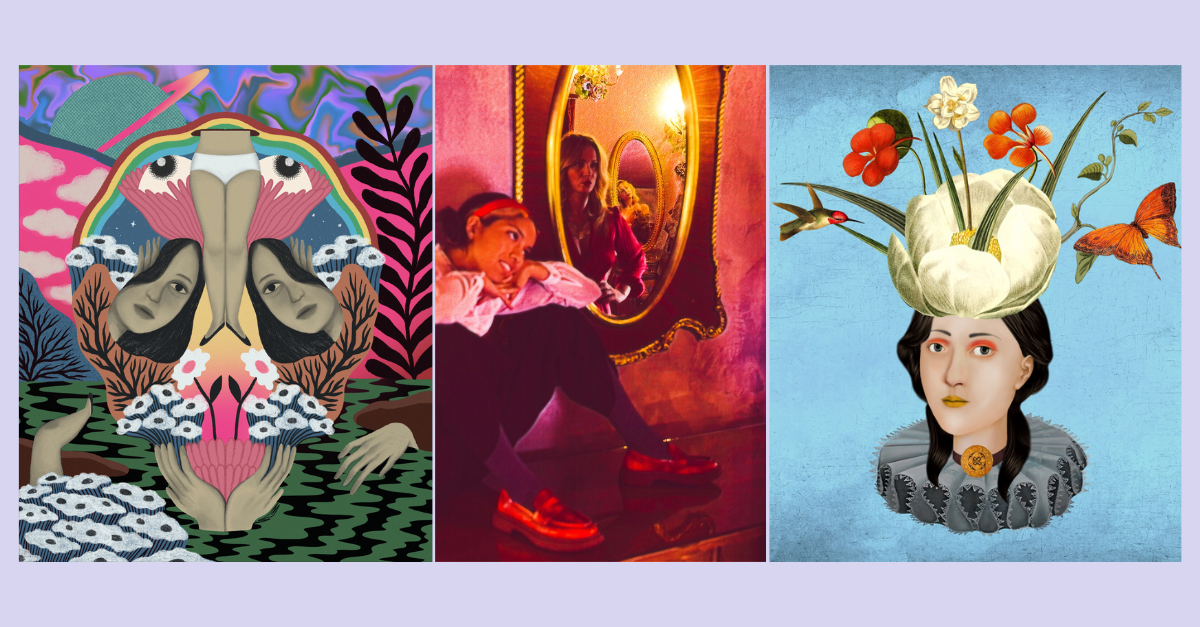We’re excited to announce that OpenSea has received a strategic investment of $2.1M from Animoca Brands, gumi Cryptos, Stanford StartX, and David Pazdan from MetaMask. Many of our existing investors also contributed alongside these strategic partners, include 1Confirmation, Blockchain Capital, Brad Flora from YC, and Dylan Field from Figma. A huge thank you to our new investors and those who continue to support OpenSea!
The journey so far
We started building OpenSea in late 2017, shortly after CryptoKitties took the crypto community by storm. The concept of “cats on the blockchain” confused many, but for some it sparked interest in a new type of digital asset. This asset is commonly referred to as the “non-fungible token” (NFT). NFT’s have brand new properties: they’re unique, provably scarce, liquid, and usable across multiple applications.
A robust, user-friendly marketplace seemed like a necessity for the growth of the NFT — so we built OpenSea. As more projects started experimenting with blockchain-based assets, many of them needed a user-friendly, out-of-the-box marketplace. Users and developers have grown to rely on OpenSea as their go-to marketplace. Last month, we hit a milestone of $1.8M in monthly volume on our marketplace, totaling over $7M since we started. Today, 7 of the top 10 NFTs are powered entirely through OpenSea.
Inspiration from the JPEG
On an a16z podcast, Chris Dixon likened cryptocurrencies to file formats. The internet has had payment APIs for over 20 years (think PayPal, Stripe, BrainTree). But these payment rails are simply wrappers on top of legacy financial systems. Their clean API docs hide the clunky underlying payment rails that fundamentally limit developers’ design space.
On the other hand, a file format like a JPEG is native to the digital world: a JPEG shows up on nearly any computer, phone, or on the web, can be opened up, resized, and edited easily, and sent anywhere via e-mail, text message, or the sneaker net. There’s no Stripe API in between you and the JPEG.
We think NFT’s will become native to the internet: a basic programmable primitive that can be employed for a variety of use cases. Owning an NFT, displaying an NFT, auctioning an NFT, using an NFT should all be simple interactions for both developers and users that work anywhere.
Slowly but surely, we’re making progress towards that vision. In 2017, a developer building NFTs had to build every piece of the experience, from displaying the NFTs to transferring them around. Today, when a developer launches a new NFT project, their users can immediately trade items on a marketplace using stable currencies, show off their items in a plethora of different wallets, display their items in multiple virtual worlds, create algorithmic central banks for instant liquidity, and enable second-layer games. Additionally, the core blockchain developer toolset has expanded: with hosted node providers, better analytics tools, and innovation in layer one and two protocols.
All this is to say that blockchain-based assets are becoming a more robust, reliable building block of a brand new digital world. What’s confusing to some is that in isolation, they look a lot like traditional assets: users interact them on existing platforms like smart phones or web browsers (or virtual reality headsets for the more adventurous). But the underlying coordination layer provided by a blockchain gives NFTs emergent properties that we believe will take the world by surprise in the coming years.
This is why we’re particularly excited about teams that embrace openness and collaboration (as opposed to clinging to existing patterns of monolithic, closed platforms). We’re excited about Animoca’s investments in the space, recently running the F1 Delta Time auctions on OpenSea and building The Sandbox, and Gumi Crypto’s investments in the leading blockchain games in Japan. At OpenSea, we believe the design space for blockchain-enabled applications is wide and still largely unexplored — an uncharted ocean full of treasure and mystery. Terrible puns aside, if you’d like to join us, jump into our Discord server and send us a message or subscribe to our mailing list!









.png)

.png)
.png)
.png)
